AnandTech Article Channel |
- AMD Catalyst 13.1 WHQL Drivers Available
- Antec GX700 Case Review: Just What You Can Get For $59.99
- Corsair Scales Up: H90 and H110 Released
- Lenovo Introduces Rugged Chromebook Aimed at K-12
- Fusion-io Launches ioScale for Hyperscale Market
| AMD Catalyst 13.1 WHQL Drivers Available Posted: 17 Jan 2013 08:30 PM PST Having refined their 12.11 beta drivers, AMD has recently released their Catalyst Software Suite Version 13.1 update. This WHQL update includes all the performance improvements found in the previous AMD Catalyst 12.11 Beta 11 update while resolving a variety issues for Windows 8 and Windows 7 users. The Catalyst Control Center has also gained a 3D application settings page, which is designed to allow uses to adjust their 3D settings individually per application. Here are the direct links to the various drivers: AMD Catalyst Software Suite 13.1 for Windows Vista/7/8 32-bit |
| Antec GX700 Case Review: Just What You Can Get For $59.99 Posted: 17 Jan 2013 06:00 PM PST Most manufacturers are quicker and happier to show us their medium-to-high end cases, but for a lot of users the case is admittedly a steel box they put their computer into. While I personally advocate spending up a bit and getting a quality case, the enthusiast looking to maximize the distance their dollar can go may not be willing to shell out for something big and fancy. For those users, there are cases like the Antec GX700. When I saw it on display at CES, I was surprised at the incredibly low $59.99 price tag. Now that I've had it in house for testing and review, I see more of how they got there. This isn't necessarily a good or bad thing, but simply a fact of life when you're buying budget. Still, a case at this price point featuring a pair of 140mm fans, a single 120mm fan, a fan controller, and support for increasingly common 240mm radiators? There has to be a catch, right? As it turns out there are a couple of small ones, but not the ones you'd think. |
| Corsair Scales Up: H90 and H110 Released Posted: 17 Jan 2013 04:35 PM PST I’m a big fan of these closed loop all-in-one liquid coolers. For a little extra on the cost of an air cooler we can get a quieter cooling solution and something that can offer a great way to remove heat from the CPU without going for a full blown self-build water loop. AnandTech covered the first Corsair closed-loop liquid cooling range back in June 2011, and Dustin recently covered six of them including four from Corsair and two from NZXT in December 2012, with the larger 280mm model taking the top spot. With that in mind, Corsair has announced a pair of larger CLCs, in the form of the 140mm H90 and the 280mm H110. The Corsair H90 is a single width 140x140mm model that comes with a single 140mm fan, making it the bigger version of the H55. The H110 by contrast is a double length 140x280mm loop and a pair of fans, pushing the size of the H100 but using the Asetek based mounting system of the H55. The switch to 140mm should allow for quieter operation from the bigger fans, and Corsair states the bundled fans are designed for the high static pressure that these loops need. It is worth noting that both models use the Asetek mounting system used on the H80/H100 rather than the CoolIT mechanism of the H80i/H100i. Similarly, there is no mention of Corsair Link integration like the H80i/H100i, which may mean that the -i variants could be coming later this year if Corsair want to release them (and they can get the OEM of the H80i/H100i, CoolIT, to make them). We should be getting both in to review within due course, but eager buyers can find the H90 and H110 available at the Corsair Store online for $100 and $130 respectively. Both coolers will support all modern motherboard sockets - 2011/1366/1156/1155 for Intel and FM2/FM1/AM3+/AM3/AM2 for AMD. |
| Lenovo Introduces Rugged Chromebook Aimed at K-12 Posted: 17 Jan 2013 12:25 PM PST Google's Chromebook initiative hasn't really caught fire as well as their other OS of choice, Android, but with the latest updates and reduced pricing there's still life in the initiative. Acer's C7 for instance is apparently the fastest selling "laptop" on Amazon.com, no doubt helped by the $199 price point. Today Lenovo is joining the Chromebook offerings with their ThinkPad X131e, which takes a different approach. Unlike the other Chromebooks to date, Lenovo is specifically touting the ruggedness of the X131e as a major selling point, highlighting the benefits such a laptop can offer to educational K-12 institutions. The X131e Chromebook is "built to last with rubber bumpers around the top cover and stronger corners to protect the Chromebook against wear and tear." The hinges are also rated to last more than 50K open/close cycles. Other specifications include an 11.6" 1366x768 anti-glare LCD, low-light webcam, HDMI and VGA ports, and three USB ports (2x USB 3.0, 1x USB 2.0). Battery life is stated as 6.5 hours, which should be sufficient for the entire school day. The X131e weighs just under four pounds (3.92 lbs./1,78kg) with the 6-cell battery and measures 1.27" (32.2mm) thick. Storage consists of a 16GB SSD, and the X131e comes with 4GB of DDR3-1600. Lenovo does not state the specific processor being used, merely listing it as "latest generation Intel", which presumably means an Atom CPU though Celeron or Pentium are certainly possible. Customization options including colors, asset tagging, and school logo etching are also available. Besides the rugged build quality, Lenovo cites other advantages of Chrome OS for the K-12 environment. There's built-in protection since all apps are curated through the Google Play store, and Lenovo's Chromebook allows IT teams to manage security and scalability through a management console, where they con configure, assign, and manage devices from a single interface. The ThinkPad X131e Chromebook will be available starting February 26th via special bid volume pricing starting at $429. That's certainly higher than other options, but for a laptop that can actually withstand the rigors of the K-12 environment that's not too bad. |
| Fusion-io Launches ioScale for Hyperscale Market Posted: 17 Jan 2013 07:10 AM PST We haven't even had time to cover everything we saw at CES last week, but there are already more product announcements coming in. Fusion-io launched their new ioScale product line at the Open Compute Summit, which was originally started by a few Facebook engineers who were looking for the most efficient and economical way to scale Facebook's computing infrastructure. Fusion-io's aim with the ioScale is to provide a product that makes building an all-flash datacenter more practical, the key benefits being the data density and pricing. Before we look more closely at the ioScale, let's talk briefly about its target market: Hyperscale companies. The term hyperscale may not be familiar to all, but in essence it means a computing infrastructure that is highly scalable. A good example of a hyperscale company would be Facebook or Amazon, both of which must constantly expand their infrastructure due to increasing amounts of data. Not all hyperscale companies are as big as Facebook or Amazon, though, there are lots of smaller companies that may need as much scalability as Facebook and Amazon do. Since hyperscale computing is all about efficiency, it's also common that commodity designs are used instead of more pricier blade systems. Along with that goes expensive RAID arrays, network solutions and redundant power supplies for instance. The idea is that high-availability and scalability should be the result of smart software, not based upon expensive and - even worse - complex hardware. That way the cost of the infrastructure investments and management is kept as low as possible, which is crucial for a cloud service when a big portion of the income is often generated through ads or low-cost services. The role of software is simply huge in hyperscale computing and to improve the software, Fusion-io also provides an SDK called ioMemory that will assist developers in optimizing their software for flash memory based systems (for example, the SDK allows SSDs to be treated as DRAM, which will cut costs even more since less DRAM will be needed). The ioScale comes in capacities from 400GB to up to 3.2TB (single half length PCIe slot) making it one of the highest density, commercially available drives. Compared to traditional 2.5" SSDs, the ioScale provides significant space savings as you would need several 2.5" SSDs to build a 3.2TB array. The ioScale doesn't need RAID for parity as there is built-in redundancy, which is similar to SandForce's RAISE (some of the NAND die is reserved for parity data, so you can rebuild the data even if one or more NAND dies fail). The ioScale is all MLC NAND based, although Fusion-io couldn't specify the process node or manufacturer because they source their NAND from multiple manufacturers (makes sense given the volume required by Fusion-io). Different grades of MLC are also used but Fusion-io is promising that all their SSDs will match with the specifications regardless of the underlying components. The same applies to the controller: Fusion-io uses multiple controller vendors, so they couldn't specify the exact controller used in the ioScale. One of the reasons is extremely short design intervals because the market and technology is evolving very quickly. Most of Fusion-io's drives are sold to huge data companies or governments, who are obviously very deeply involved in the design of the drives and also do their own validation/testing, so it makes sense to provide a variety of slightly different drives. In the past I've seen at least Xilinx' FPGAs used in Fusion-io's products, so it's quite likely that the company stuck with something similar for the ioScale. What's rather surprising is the fact that ioScale is a single-controller design, even at up to 3.2TB. Usually such high capacity drives use a RAID approach, where multiple controllers are put behind a RAID controller to make the drive appear as a single volume. There are benefits with that approach too, but using a single controller often results in lower latencies (no added overhead by the RAID controller), prices (less components needed) and it takes less space. The ioScale has previously been available to clients buying in big volumes (think tens of thousands of units) but starting today it will be available in minimum order quantities of 100 units. Pricing starts at $3.89 per GB, which puts the 450GB model at $1556. For Open Compute Platforms, Fusion-io is offering a 30% immediate discount, which puts the ioScale at just $2.72/GB. For comparison, a 400GB Intel SSD 910 currently retails at $2134, so the ioScale is rather competitive in price, which is one of Fusion-io's main goals. Volume discounts obviously play a major role, so the quoted prices are just a starting point. |
| You are subscribed to email updates from AnandTech To stop receiving these emails, you may unsubscribe now. | Email delivery powered by Google |
| Google Inc., 20 West Kinzie, Chicago IL USA 60610 | |

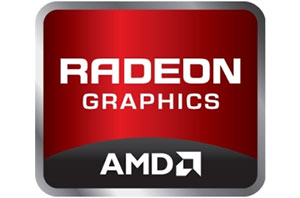
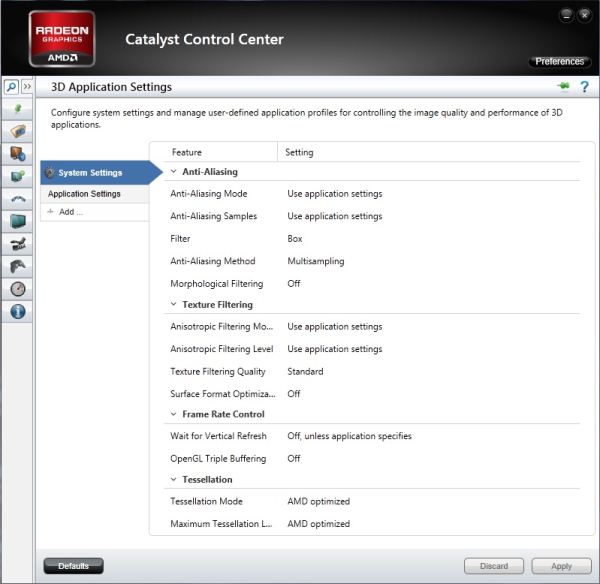


.jpg)
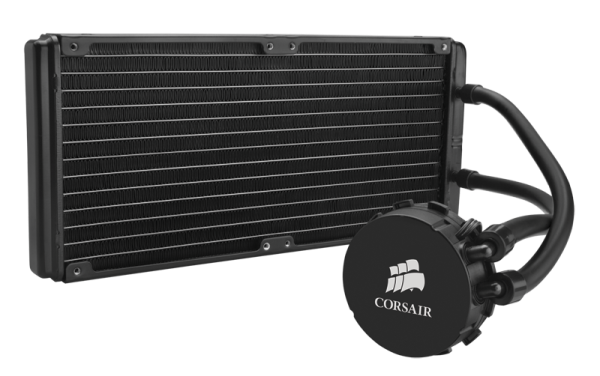
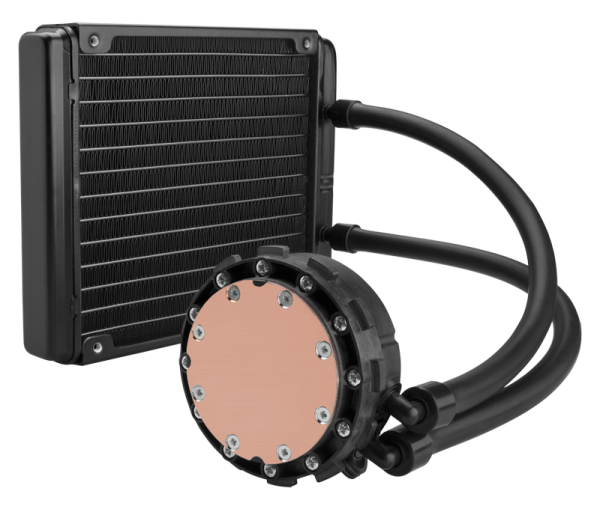





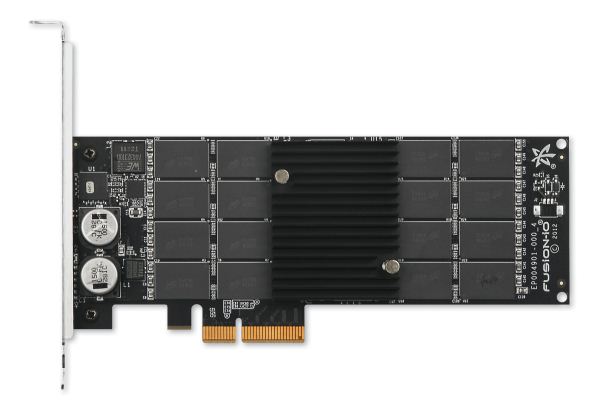
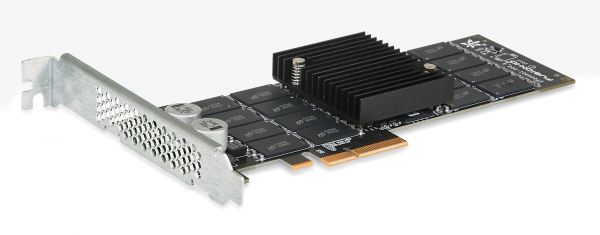
No comments:
Post a Comment